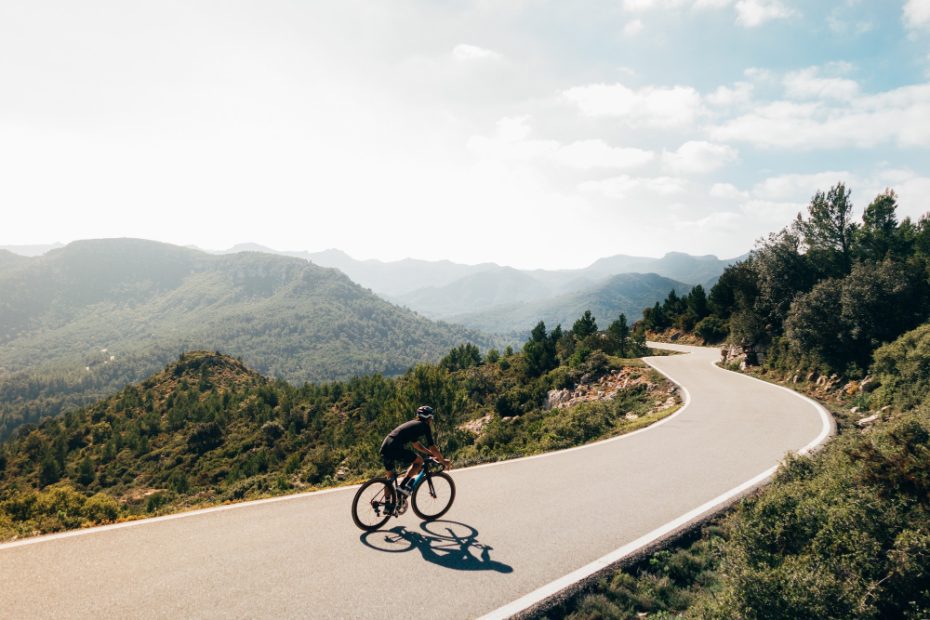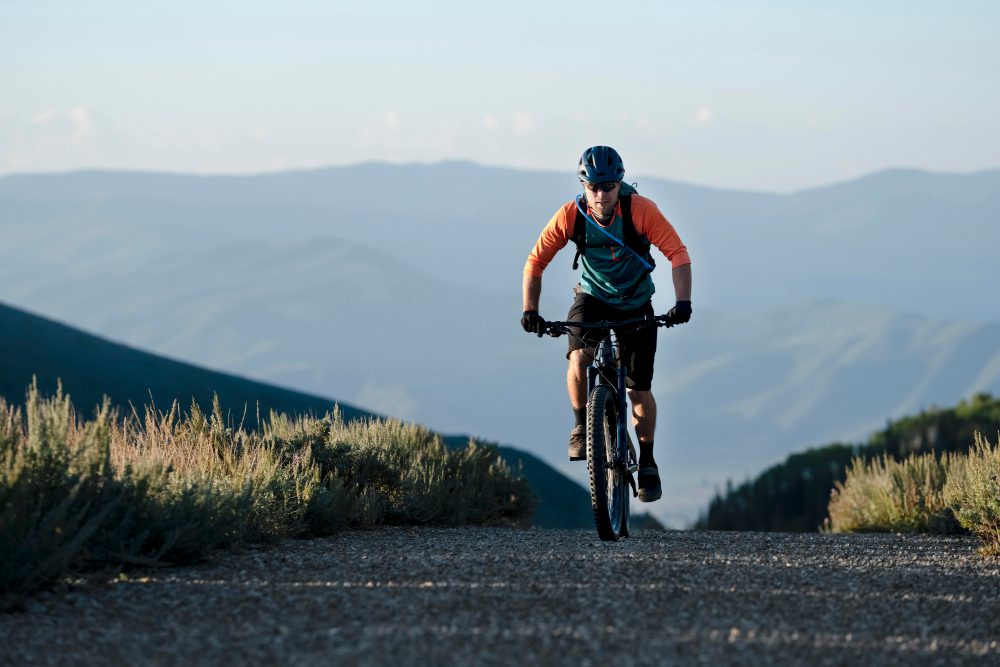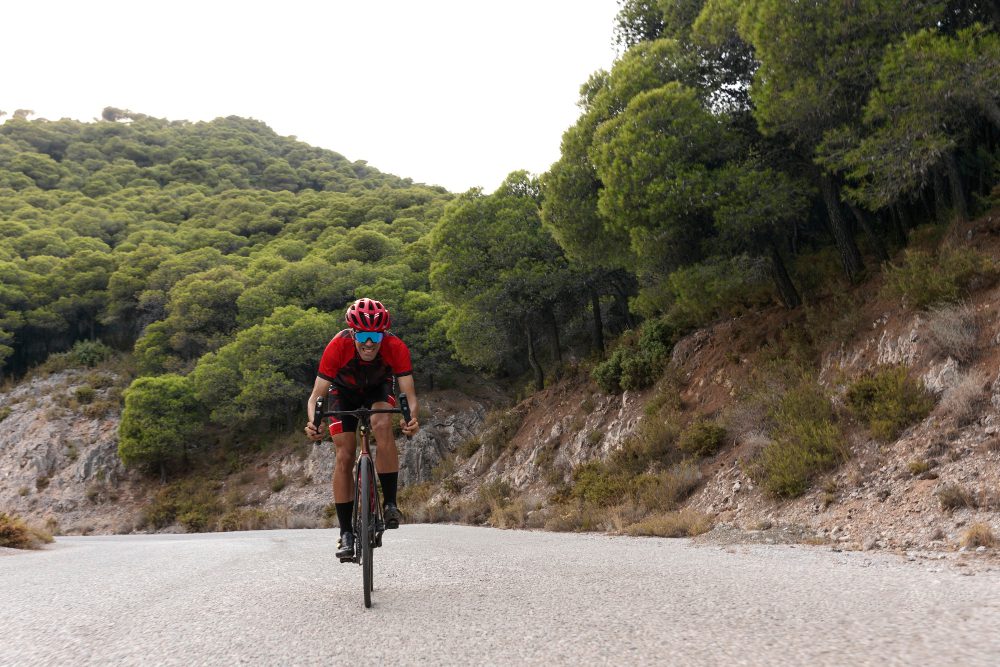How do you cycle uphill with gears?
Cycling uphill can be a challenging task, especially if you’re not familiar with using gears effectively. Gearing is an essential technique that allows cyclists to manage the resistance they face while climbing steep inclines. By shifting gears appropriately, riders can maintain a consistent cadence and optimize their energy expenditure. In this article, we will explore the strategies and techniques that can help you conquer uphill cycling using gears.
Understanding Gear Ratios
Before we delve into the specifics of uphill cycling with gears, it’s important to understand gear ratios. A bicycle’s gear ratio is determined by the number of teeth on the front chainring and rear cassette. Higher gear ratios provide more resistance and are suitable for flat terrain and downhill rides, while lower gear ratios offer easier pedaling and are ideal for uphill climbs.
When it comes to cycling uphill, a lower gear ratio allows you to pedal at a higher cadence with less effort. This helps to conserve your energy and maintain a steady climbing pace. By shifting into lower gears, you can conquer steep inclines without exhausting yourself prematurely.
Shifting Techniques
Now that you understand the importance of gear ratios, let’s explore some shifting techniques that will assist you in cycling uphill efficiently:
Anticipate the Terrain
Study the route ahead and anticipate changes in elevation. By knowing when and where a hill is approaching, you can shift into a lower gear proactively. This allows you to build momentum before the climb and tackle it with ease.
Maintain a Consistent Cadence
To avoid muscle fatigue and to ensure efficient energy expenditure, it’s crucial to maintain a consistent pedaling cadence. Aim for a cadence of around 70-90 revolutions per minute (RPM) while climbing uphill. Shifting into the appropriate gear will help you maintain this cadence as you tackle steeper sections of the hill.
Shift Gradually
When shifting gears, it’s important to do so gradually to prevent putting excessive strain on the drivetrain. Make small adjustments to your gears, allowing the chain to smoothly transition from one gear to another. This will help you find the right gear for the current incline without causing any damage to your bike.
Tips for Uphill Cycling
In addition to using gears effectively, here are a few more tips to improve your uphill cycling performance:
- Maintain a Good Posture: Keep your upper body relaxed and balanced, allowing for efficient pedaling technique.
- Breathe Deeply: Oxygenate your muscles by taking deep breaths, which will help you sustain your effort during the climb.
- Stay Focused: Concentrate on each pedal stroke and visualize reaching the top of the hill.
“Climbing hills is like taking a journey to the top. Enjoy the view along the way.”
How do you ride hills on a road bike?
Riding hills on a road bike can be challenging but with the right techniques, you can conquer those inclines with ease. Here are some tips to help you ride hills like a pro:
1. Choose the right gear
Before you start climbing, shift to a lower gear to maintain a steady cadence. This will help you conserve energy and avoid straining your muscles.
2. Maintain a steady pace
When climbing a hill, it’s important to maintain a consistent rhythm. Avoid sudden bursts of speed and focus on a steady effort throughout the climb.
3. Stay seated
While standing up can provide a short burst of power, it is generally more efficient to stay seated when climbing long hills. This allows you to utilize your leg muscles more effectively.
4. Use your body weight
Shift your body weight forward as you climb to maintain traction on the rear wheel. This will help you maintain control and stability on steep gradients.
5. Relax your upper body
Tension in your upper body can waste energy and make climbing feel more difficult. Keep your shoulders relaxed and focus on breathing deeply to stay calm and in control.
6. Choose the best line
Look ahead and choose the smoothest and most efficient line up the hill. Avoid sudden changes in direction and try to anticipate any obstacles or changes in gradient.
7. Visualization
Visualize yourself successfully conquering the hill before you even begin the climb. Positive visualization can help boost your confidence and mental strength.
8. Practice, practice, practice
The more you ride hills, the better you’ll become at climbing them. Include hill repeats and interval training in your rides to build strength and improve your hill-climbing abilities.
9. Fuel properly
Ensure you’re properly fueled before attempting any hill climbs. Eat a balanced meal or snack that includes carbohydrates for sustained energy.
10. Enjoy the descent
After the challenging climb, enjoy the thrilling descent. Stay safe by keeping your speed under control and using proper braking techniques.
“Climbing hills on a road bike is a mental battle as much as a physical one. Stay positive and believe in your abilities.” – Cycling Enthusiast



